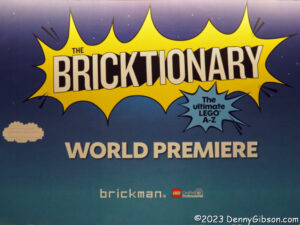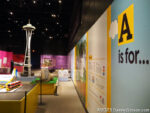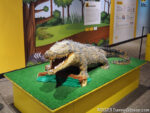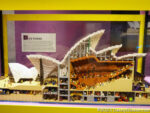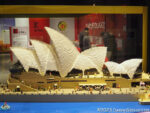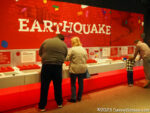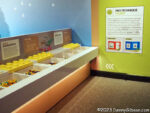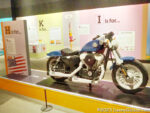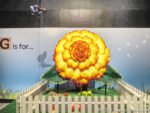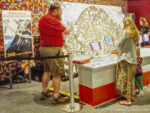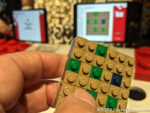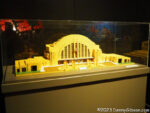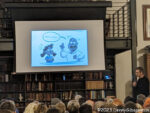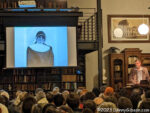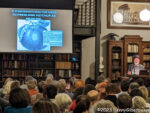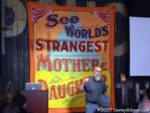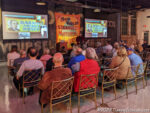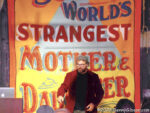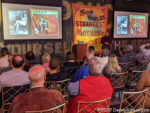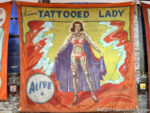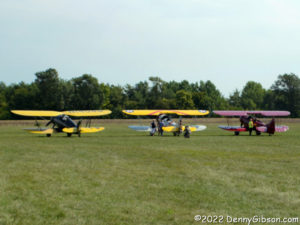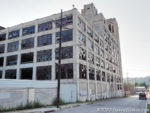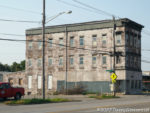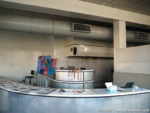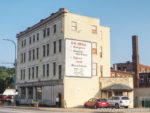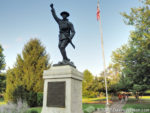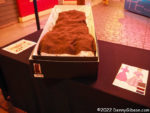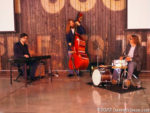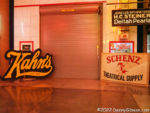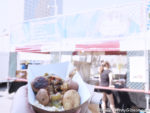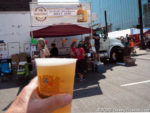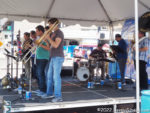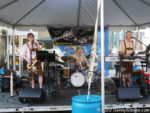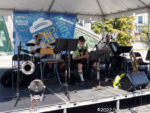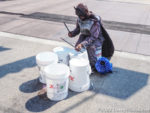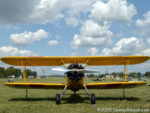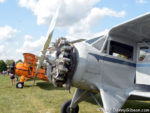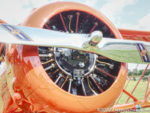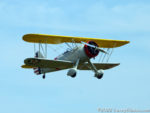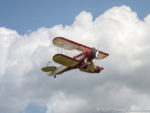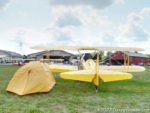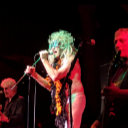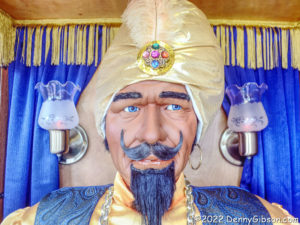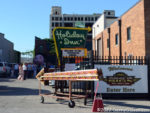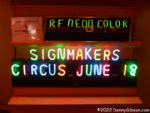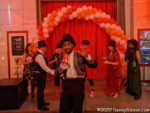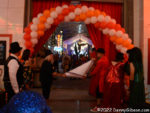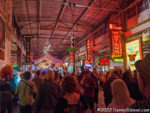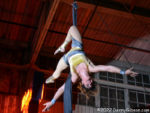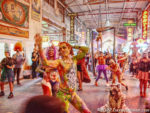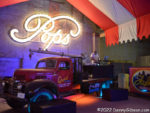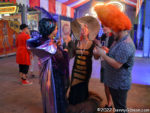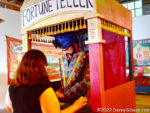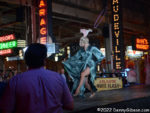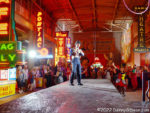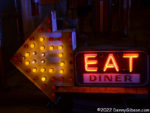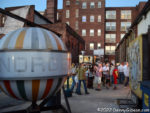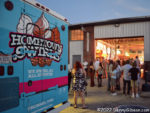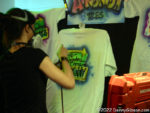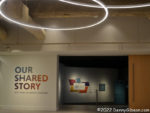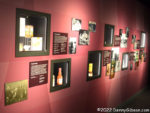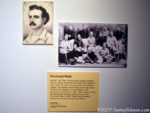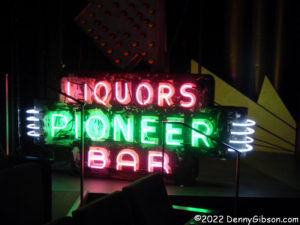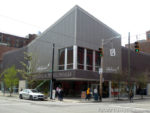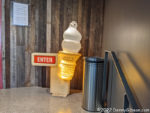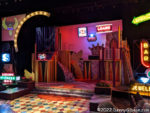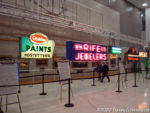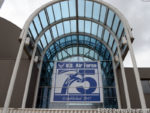 It’s not wrong to think of museums as simply organized — some much more than others — attics. Of course, almost all museums have attics of their own. It’s where they store stuff that exceeds the space available for displays but, like all that stuff in your own attic, is just too good to throw away. The American Sign Museum has always had multiple attics.
It’s not wrong to think of museums as simply organized — some much more than others — attics. Of course, almost all museums have attics of their own. It’s where they store stuff that exceeds the space available for displays but, like all that stuff in your own attic, is just too good to throw away. The American Sign Museum has always had multiple attics.
The situation became somewhat simplified when the museum moved into its current location in 2012. With the actual museum occupying about half of the approximately 40,000 square-foot building, the other half made a fine attic. I was once treated to a walk through the space when it really was an attic. I was also in the space for the incredible Signmaker’s Circus, a following Coffee With Tod session where museum founder Tod Swormstedt shared some of his thoughts on organizing signs for the Circus, and a presentation on some of the banners borrowed for the Circus (Sideshow Signage). Plans for expanding the museum were well underway when the circus came to town and the cleanup that preceded it could be considered an early step in the expansion. Most of the stuff that was in that section is now stored in other locations and a recent Coffee With Tod session provided a look at one of those locations.
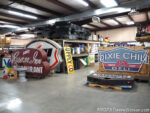 Almost every available sign was pressed into service at the Signmaker’s Circus so I have seen some of the attic’s contents before. The clown and lion trashcan toppers were there. Tod has been on the lookout for the lion’s partners ever since he learned it was part of a Wizard of Oz set. The mortar and pestle hung in the museum’s main section until very recently. After leaving the attic, I stopped by to check out its replacement.
Almost every available sign was pressed into service at the Signmaker’s Circus so I have seen some of the attic’s contents before. The clown and lion trashcan toppers were there. Tod has been on the lookout for the lion’s partners ever since he learned it was part of a Wizard of Oz set. The mortar and pestle hung in the museum’s main section until very recently. After leaving the attic, I stopped by to check out its replacement.
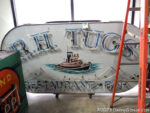 This sign from a closed New York restaurant was in the attached storage area when a retired sign painter stopped by the museum. Tod was there and took the fellow on a personal tour of the area. When they reached this sign, he stopped and stared for a long time then finally announced “I painted that”. “Made my day… my month,” Tod told us.
This sign from a closed New York restaurant was in the attached storage area when a retired sign painter stopped by the museum. Tod was there and took the fellow on a personal tour of the area. When they reached this sign, he stopped and stared for a long time then finally announced “I painted that”. “Made my day… my month,” Tod told us.
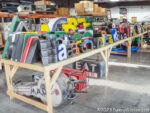
 Letters, we got letters. We got lots and lots of letters. And walls full of neon skeleton signs, too. There are many more individual letters, some much larger than these, stacked around the area. Only about a fourth of the wall of skeleton signs is in the picture.
Letters, we got letters. We got lots and lots of letters. And walls full of neon skeleton signs, too. There are many more individual letters, some much larger than these, stacked around the area. Only about a fourth of the wall of skeleton signs is in the picture.

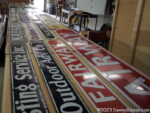 A couple of long tables were filled with billboard tags. Although I instantly recognized the name Lamar as something I’d seen on billboards, it had never occurred to me that it was something separate from the billboard or that it was collectible in its own right. Guess I never realized that there were so many companies painting billboards, either.
A couple of long tables were filled with billboard tags. Although I instantly recognized the name Lamar as something I’d seen on billboards, it had never occurred to me that it was something separate from the billboard or that it was collectible in its own right. Guess I never realized that there were so many companies painting billboards, either.

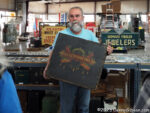 Tod is especially fond of items used by individual sign creators. Here he is showing us a couple of quite old and wonderfully personalized painters kits.
Tod is especially fond of items used by individual sign creators. Here he is showing us a couple of quite old and wonderfully personalized painters kits.
 Tod also likes self-promoting signs. This one has the added attraction of being an example of bad design. It includes examples of pretty much every style of lettering the painter is capable of but picking out the painter’s name is quite a challenge and the curious spelling of “windos” makes one wonder if Mack didn’t really plan ahead.
Tod also likes self-promoting signs. This one has the added attraction of being an example of bad design. It includes examples of pretty much every style of lettering the painter is capable of but picking out the painter’s name is quite a challenge and the curious spelling of “windos” makes one wonder if Mack didn’t really plan ahead.
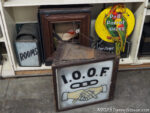 The “ROOMS” and “I.O.O.F” signs are both backlit by candles. Tod opened each of them to show the candle holders but I was at the back of the crowd at the time and missed out on a picture. I am very confident that these unusual pieces will have a home in the museum’s new area.
The “ROOMS” and “I.O.O.F” signs are both backlit by candles. Tod opened each of them to show the candle holders but I was at the back of the crowd at the time and missed out on a picture. I am very confident that these unusual pieces will have a home in the museum’s new area.
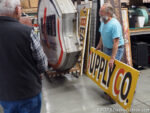 Most people know that Mohammed Ali’s birth name was Cassius Clay but not everyone remembers that there was a “junior” at the end. The champion boxer’s father was a successful sign painter in Louisville, Kentucky. Cassius Clay, Sr. painted the sign that Tod holds.
Most people know that Mohammed Ali’s birth name was Cassius Clay but not everyone remembers that there was a “junior” at the end. The champion boxer’s father was a successful sign painter in Louisville, Kentucky. Cassius Clay, Sr. painted the sign that Tod holds.
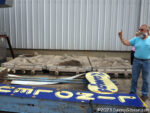 Our last stop was outside at three bas-relief sculptures. They and an identical set were once part of Cincinnati Gardens sports arena. The arena was demolished in 2018 and the museum once had the letters from the arena’s name mounted outside the museum. They were removed in preparation for the expansion and will eventually reappear along with this, boxer, basketball player, and hockey player.
Our last stop was outside at three bas-relief sculptures. They and an identical set were once part of Cincinnati Gardens sports arena. The arena was demolished in 2018 and the museum once had the letters from the arena’s name mounted outside the museum. They were removed in preparation for the expansion and will eventually reappear along with this, boxer, basketball player, and hockey player.
Much remains to be done before a completion date for the expansion can be determined. There are expectations that it will be this year and even hope that it might be around summer’s end but no one is foolish enough to make any promises or place any bets. Whatever the date, it’s pretty phenomenal to think the museum will soon double in size and will instantly be almost full. And there will still be an attic.

